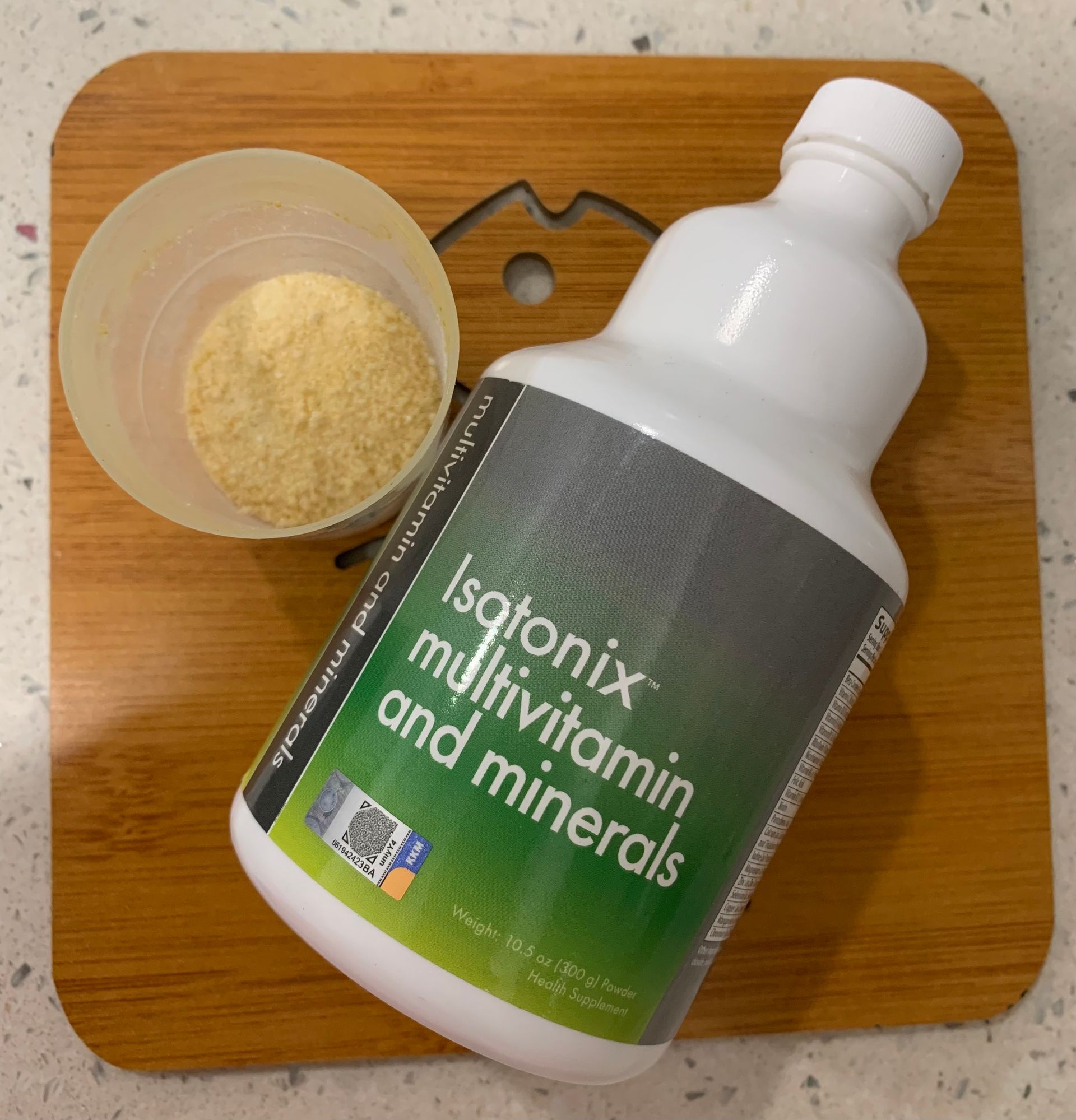The Hidden Deficiencies No Blood Test Can Fully Show — But the Body Always Reveals
True health is often reflected not in lab results, but in the body’s subtle signals — from chronic fatigue and cognitive changes to weakened immunity — revealing imbalances that standard tests may overlook.
"Multivitamin"?
Sometimes, the body communicates not with overt symptoms, but through subtle physiological cues — pallor, slowed hair growth, frequent irritability, or low energy — signs often misattributed to temperament, behavioral issues, or parenting challenges. However, these may be early indicators of chronic subclinical micronutrient deficiencies, particularly in children with developmental differences.

While standard blood tests may fall within "normal" reference ranges, they often fail to reflect functional insufficiencies — where nutrient levels are inadequate for optimal cellular and neurological function. Children with neurodevelopmental conditions are especially vulnerable due to several compounding factors:
1. Restricted diets (stemming from sensory sensitivities feeding aversions, or food allergies)
2. Gastrointestinal inflammation (which impairs nutrient absorption)
3. Elevated oxidative stress (common in autism and related conditions)
All of which increase their risk for micronutrient depletion. Identifying and addressing these hidden deficiencies is essential for supporting not just physical health, but cognitive, emotional, and behavioral well-being.
"why does it matter?"
The body holds secrets that routine checkups often overlook — quiet imbalances hidden in plain sight.
A child who struggles to focus, gets sick often, or seems unusually irritable may not be misbehaving or emotionally unwell;
they may simply be missing the microscopic tools their body needs to function.
Each nutrient plays a precise and irreplaceable role in this delicate biological symphony: Iron fuels the brain with oxygen; B12 and Folate fortify the nervous system and regulate mood; Zinc sharpens taste, heals tissues, and primes the immune system; Vitamin A protects vision and the body’s natural barriers; and Vitamins C and E act as vigilant antioxidants, shielding cells from damage.
When even one of these is lacking — not severely, but just enough — the effects can ripple outward: poor concentration, frequent infections, emotional dysregulation, delayed growth. These are not just symptoms; they are signals. In children with developmental differences, who often face added nutritional challenges, these silent deficiencies can quietly shape the course of learning, behavior, and health. But with the right awareness and support, we can help the body speak not in distress, but in vitality — and give every child the nourishment they need to rise into their full potential.

"a solution"
When used under guidance, calcium supplementation (especially paired with magnesium and vitamin D3) can:


